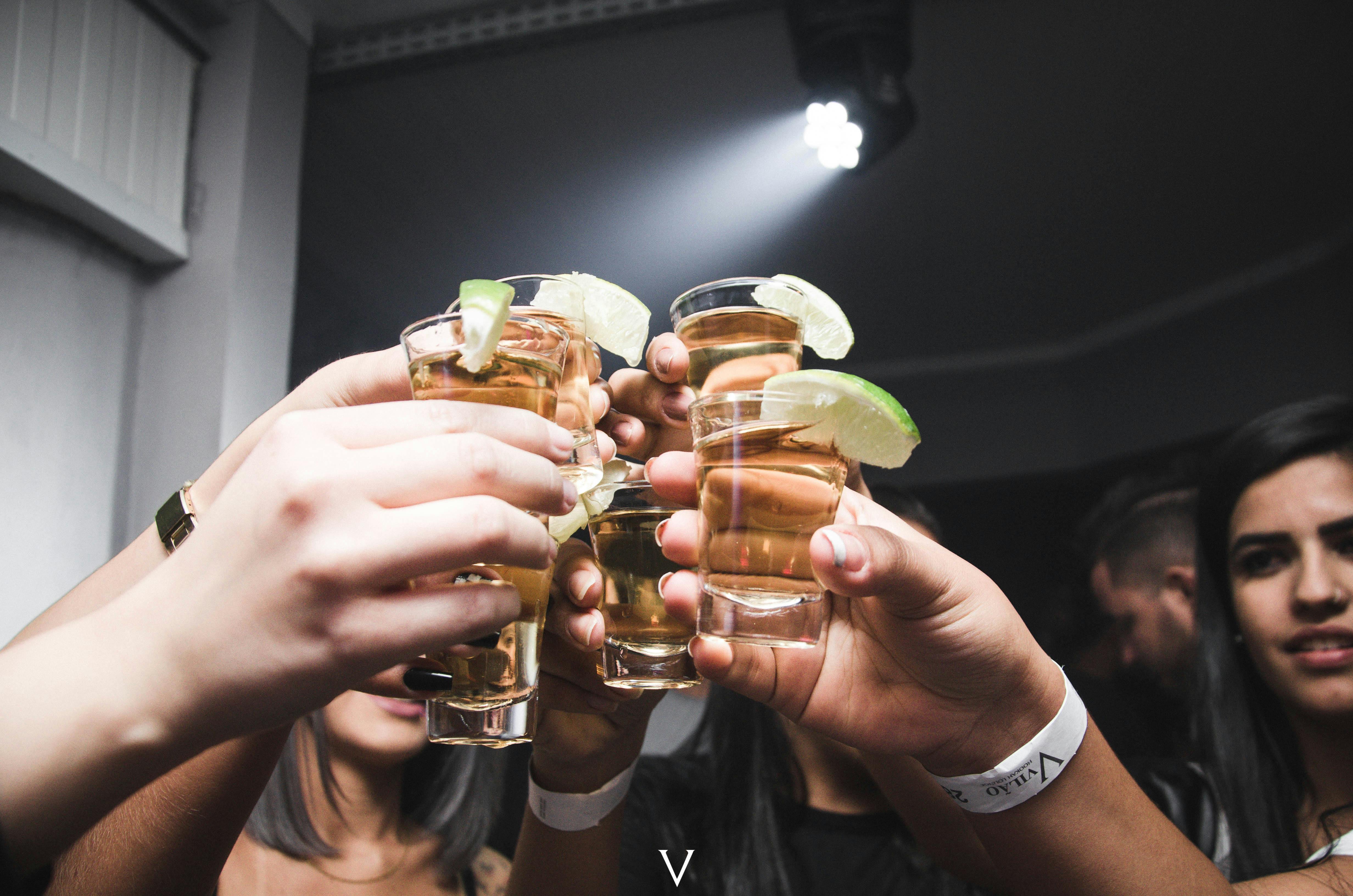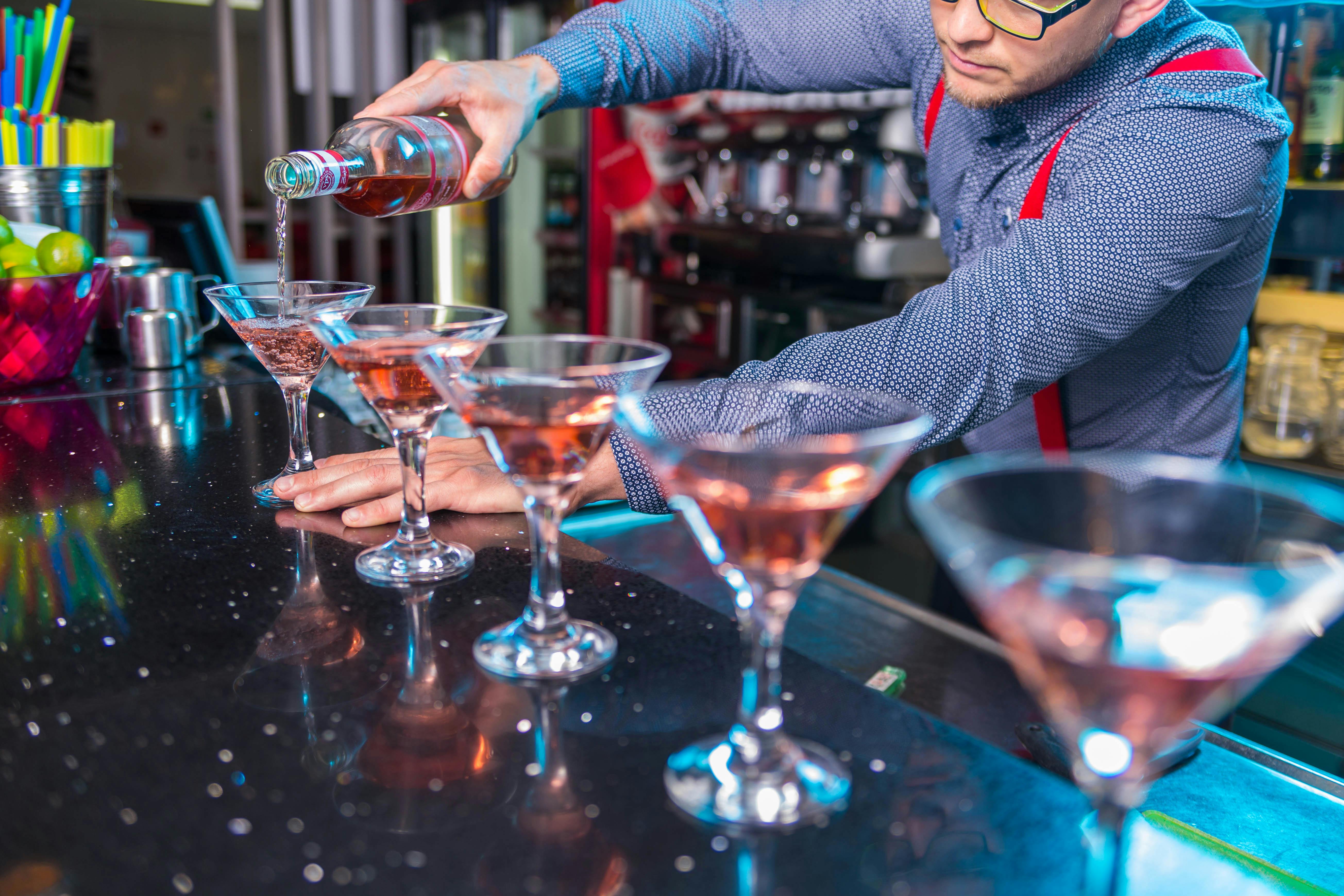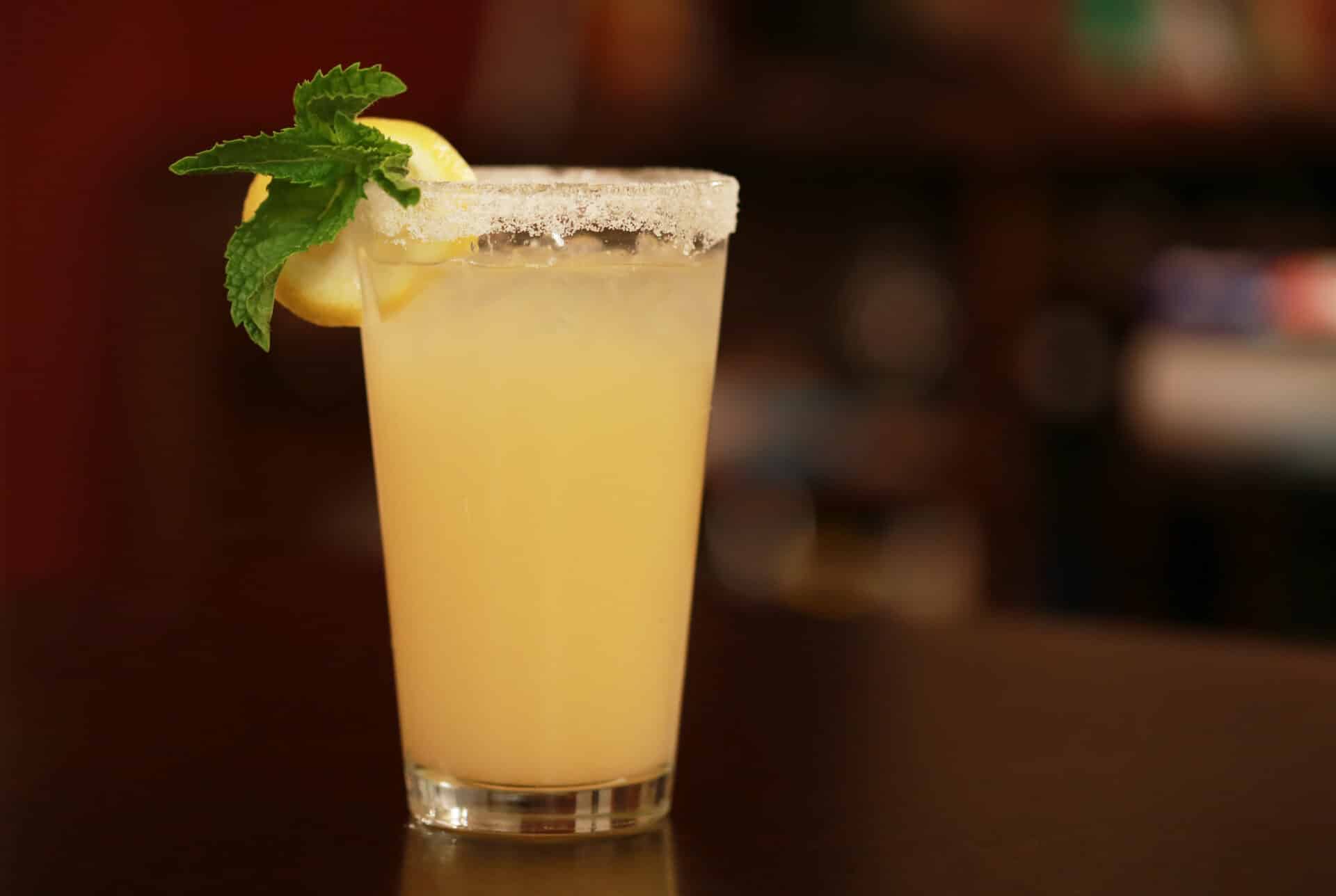Tequila is a type of distilled alcoholic beverage made primarily from the blue agave plant, found mainly in the Jalisco region of Mexico. Tequila is one of the most popular distilled spirits in the world and can be enjoyed as a shot, mixed in cocktails, or sipped neat. The production of tequila involves several steps that involve fermenting, distilling, and aging. This article will discuss how tequila is distilled and the different types of tequila available.Tequila is an alcoholic beverage made from the blue agave plant, primarily in the area surrounding the city of Tequila, 65 km northwest of Guadalajara, and in the highlands (Los Altos) of the western Mexican state of Jalisco. Tequila is most often made at a 38–40% alcohol content (76–80 proof), but can be produced between 31 and 55% alcohol content (62 and 110 proof).
Tequila Distillation Process
Tequila is a distilled spirit made from the blue agave plant, primarily found in the state of Jalisco, Mexico. The distillation process for tequila is a lengthy and intricate one, beginning with the selection of ripe agave plants. The heart of the agave plant, known as the piña, is harvested and cooked in steam ovens or autoclaves. After it has been cooked, it is mashed and placed into fermentation tanks with water and yeast to convert its sugars into alcohol. Once fermentation is complete, the resulting liquid is then double-distilled in copper pot stills. This process is highly regulated by Mexican law which dictates that tequila must contain at least 51% agave sugars in order to be considered true tequila. After distillation, tequila may be bottled as blanco (unaged) or reposado (aged). It can also be aged further in oak barrels to produce anejo or extra anejo tequilas.
The traditional method of making tequila involves using only 100% pure blue agave plants, whereas modern producers may use up to 49% other sugars such as corn syrup to create a more cost-effective product. It should also be noted that many low-grade brands of tequila are produced using non-agave sugars such as sugar cane juice or molasses rather than genuine blue agave plants. Regardless of the method used for production, all true tequilas will have a strong earthy flavor profile with hints of sweetness and spice.
History of Tequila
Tequila has a long and interesting history. It is believed to have originated in the 16th century in the state of Jalisco, Mexico. The name comes from the Nahuatl language, which means “place of cutting”. At that time, it was made with a variety of different agave plants, but today it is primarily made with blue agave. The production process involves harvesting and roasting the agave hearts, mashing them into a pulp, fermenting the juice and distilling it. This process gives tequila its distinctive flavor and aroma.
Tequila was first exported to Europe in 1758 and quickly became popular among Mexican immigrants in the United States after prohibition ended in 1933. Since then, it has become one of the most popular spirits in the world. Today, there are hundreds of different brands and types of tequila available on the market. Popular brands include Patron, Jose Cuervo, El Jimador and 1800 Tequila.
Tequila is often associated with margaritas and other cocktails, but it can also be enjoyed neat or on the rocks. Many people also enjoy tequila shots or mixing it with other beverages such as beer or soda. Tequila is an essential part of Mexican culture and has become an iconic drink around the world.
How is Tequila Distilled?
Tequila is an alcoholic beverage produced from the agave plant, mainly in the Mexican state of Jalisco. It is a type of mezcal and comes in different varieties including blanco, reposado, and añejo. Tequila is distilled through a process known as distillation, which involves heating up a mixture of fermented agave sugars to separate out the alcohol content. The resulting liquid is then cooled down and filtered to remove impurities before it can be bottled. The distillation process can take anywhere from one to four days depending on the type of tequila being made.
The fermentation process begins with agave sugars being heated up to create a mash that contains both water and alcohol. This mixture is then put into large copper pots, or stills, and heated using either wood or steam. As the mixture boils, its vapors rise up into a condenser that cools down the vapors into liquid form. This liquid is then collected in another container where it will be filtered and tested for purity before it can be bottled.
Once the tequila has been distilled, it can either stay as blanco or be aged in oak barrels for additional flavor. Reposado tequila must be aged for at least two months while añejo must be aged for at least one year. The aging process adds complexity to the flavor profile of tequila by introducing notes such as vanilla and caramel into the mix. After this step has been completed, the tequila can finally be bottled and enjoyed by consumers around the world!
Ingredients Used in Tequila Production
Tequila is a type of distilled alcoholic beverage made from the fermented juice of the Agave tequilana Weber plant, commonly known as blue agave. The main ingredients used in tequila production are blue agave, water, and yeast. Blue agave is the primary ingredient used to make tequila and is responsible for its distinctive flavor and aroma. The plant is grown in the dry, sunny climates of Jalisco, Mexico and other regions of Central Mexico. The plants are harvested when they reach maturity, usually after 8-12 years. After harvesting, the plants are cut into smaller pieces to expose their hearts or pina, which contain a sweet sap that can be fermented into alcohol.
Water is also an essential ingredient in tequila production. It helps to dilute the high concentration of sugars found in the agave juice so it can be fermented more efficiently and produce a smoother tasting product. Once diluted with water, the agave juice is then combined with naturally occurring yeast which aids in fermentation and imparts unique flavors to each batch of tequila.
Finally, natural additives such as oak chips or herbs can be added during fermentation for additional flavor complexity or sweetness. This step is often done to create a more distinct flavor profile and distinguish certain brands from others. After fermentation has taken place, distillation begins which further refines the flavor and aroma of tequila before it’s bottled and sold commercially.
Overall, blue agave, water, yeast, and natural additives are all essential ingredients used in tequila production to create a unique product with a distinct flavor profile that consumers have come to love over time.

Types of Tequila
Tequila is a distilled spirit made from the blue agave plant, primarily in the area surrounding the city of Tequila, 65 kilometers northwest of Guadalajara, and in the highlands (Los Altos) of the western Mexican state of Jalisco. Tequila is most commonly made at a 38-40% alcohol content (76-80 proof). There are four main types of tequila: Blanco or White, Joven or Gold, Reposado, and Añejo.
Blanco or White tequila is also known as silver or plata and is un-aged and bottled immediately after distillation. It has a light, clean flavor with notes of pepper and citrus that makes it ideal for mixing in cocktails such as margaritas.
Joven or Gold tequila is also known as oro (gold), young or joven abocado. It is a combination of blanco tequila with added colorings and flavorings such as caramel. It has a slightly sweet flavor with hints of oak from aging in wooden barrels for two months or less.
Reposado tequilas are aged for two to twelve months in oak barrels which impart a golden hue and mellow flavor to the spirit. It has herbal undertones with hints of vanilla, caramel and oak. Reposado tequilas are great for sipping on their own or mixed into cocktails such as Palomas and Micheladas.
Añejo tequilas are aged for one to three years in oak barrels which gives them an amber color and complex flavors such as caramel, vanilla, cinnamon, pepper and dried fruit. Añejo tequilas are best enjoyed neat or over ice to appreciate their full flavor profile.
These are the four main types of tequila available today but there are other varieties such as Extra Añejo which is aged for more than three years; Mezcal which is made from other varieties of agave; Flavored Tequila which includes ingredients such as fruits; Cream Tequila which includes cream liqueurs; and Liqueur Tequila which includes flavors such as coffee and chocolate.
Production Process of Tequila
Tequila is a popular alcoholic beverage that is made from the agave plant, which is native to Mexico. The production process of tequila involves several steps, all of which are designed to produce a high-quality product with a distinct flavor and aroma. The first step in the production of tequila is harvesting the agave plant. The plant must be harvested at just the right time, when the sugars in the plant have reached their peak level. Once harvested, the agave plants are then cooked in large ovens or autoclaves to convert their starch into sugar.
After cooking, the agave plants are mashed to extract their juice, which is then fermented to create the base alcohol for tequila. The fermentation process can take anywhere from two to seven days depending on the type of fermentation used. After fermentation, the liquid is distilled twice to create a clear, high-proof liquor that has an alcohol content between 35-55%. The resulting liquor is then aged in oak barrels for anywhere from two months to several years depending on whether it is intended to be a silver or aged tequila.
Finally, after aging and distillation have been completed, any additional ingredients such as herbs or spices may be added for flavor and aroma before bottling and labeling. After this final step has been completed, tequila is ready for consumption!
Governing the Production of Tequila
Tequila is a popular spirit made from the blue agave plant, primarily grown in Mexico. As with most alcoholic beverages, its production is heavily regulated by governments. In order to ensure that only authentic tequila is produced and sold, the Mexican government has established a set of regulations governing the production of tequila. These regulations set out strict guidelines for where and how tequila can be produced, as well as which ingredients can be used in its manufacture.
The Mexican government has designated certain areas of the country as “Tequila Denomination of Origin” zones, meaning that only blue agave harvested in these areas can be used to produce tequila. Furthermore, all tequila must be made from at least 51% blue agave, with other sugars and flavors added to make up the rest of the recipe. The fermentation and distillation processes must also meet certain requirements in order to achieve official recognition as authentic tequila.
In addition to these regulations regarding production methods, there are also rules concerning labeling and packaging that must be followed in order for a product to receive official recognition as genuine tequila. Labels must include information such as the brand name, alcohol content, place of origin and proof strength. Packaging must also meet certain standards in order to prevent counterfeiting or adulteration of the product.
These regulations help ensure that consumers are provided with an authentic product when they purchase a bottle of tequila. As such, they are an important part of maintaining quality control and protecting consumers from potentially dangerous products that have not been properly regulated or authenticated.

Conclusion
Tequila is a popular distilled spirit that has been around for centuries. Its origins in Mexico have made it a staple of Mexican culture, and its smooth yet strong flavor has made it an international favorite. Tequila is made from the agave plant, and requires a specific distillation process to become the complex and flavorful beverage it is today. The process includes fermentation, distillation, and aging in oak barrels.
Tequila can be enjoyed straight, or as part of many popular cocktails like margaritas and palomas. It can also be used as an ingredient in cooking, giving dishes a unique flavor profile that cannot be obtained with other spirits.
No matter how you enjoy tequila, it’s important to remember to drink responsibly and in moderation. With this in mind, tequila can be enjoyed safely and make for an enjoyable experience for everyone involved!
In conclusion, tequila is a complex distilled spirit that has been enjoyed for centuries and has become an international favorite. It requires a specific distillation process which includes fermentation, distillation, and aging in oak barrels to achieve its desired flavor profile. Tequila can be enjoyed on its own or as part of many popular cocktails, or used as an ingredient in cooking dishes to give them a unique flavor profile. As long as tequila is enjoyed responsibly and in moderation everyone can have a great time!

